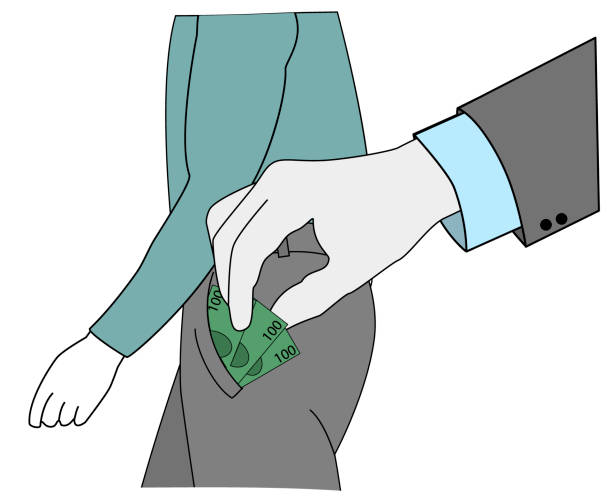That was the promise New York Governor Andrew Cuomo made to union leaders in 2016.
Flash forward to 2018 and the exorbitant construction costs of taxpayer-funded transit projects in New York has spurred a federal inquiry to determine why transit projects cost so much more in the United States, especially the Empire State, than anywhere else in the world.
Last year a New York Times investigation revealed how New York transit projects have been exploited by a “small group of politically connected labor unions, construction companies and consulting firms” who “amassed large profits” while taxpayers footed the bill for “the highest construction costs in the world.” While one mile of track averages less than $500 million in the U.S. and most other countries, New York is paying up to seven times the average on some projects, with the highest pegged at $3.5 billion per track mile.
According to The Times' damning expose´, the state’s public officials, trading on a quid pro quo, have made no effort to rein in the out-of-control costs that are enriching trade unions and private contractors and costing New York taxpayers billions:
“Trade unions, which have closely aligned themselves with Gov. Andrew M. Cuomo and other politicians, have secured deals requiring underground construction work to be staffed by as many as four times more laborers than elsewhere in the world...”
There are a dozen New York unions working on transit projects and each union has negotiated labor agreements that demand far more workers on a project than necessary:
“…The unions and vendors declined to release the labor deals, but The Times obtained them…the documents reveal a dizzying maze of jobs, many of which do not exist on projects elsewhere.
There are 'nippers' to watch material being moved around and 'hog house tenders' to supervise the break room. Each crane must have an 'oiler,' a relic of a time when they needed frequent lubrication. Standby electricians and plumbers are to be on hand at all times, as is at least one 'master mechanic.' Generators and elevators must have their own operators, even though they are automatic. An extra person is required to be present for all concrete pumping, steam fitting, sheet metal work and other tasks.”
Adding to the costs is that these excess union workers make far more than their counterparts in other countries—about $1,000 per day. For example, most workers with Local 147, the union representing the “sandhogs” who dig the tunnels, earn $111 per hour in salary and benefits. The pay doubles for overtime or Sunday work, which is common in transit construction, while weekend overtime pay for those union workers quadruples to more than $400 per hour.
Then there are the special deals the unions have negotiated for themselves in the labor agreements. For example, Local 147 earns $450,000 for each tunnel-boring machine used. The fee is supposed to make up for job losses from “technological advancement,” even though, as The Times points out, the equipment has been standard for decades. And going back to the union demand for overstaffing, the union contract requires 25 workers to operate each tunnel-boring machine, while other cities in the U.S. and abroad typically do the job with less than ten.
Not surprisingly, union leaders are unapologetic when it comes to the high wages and lucrative, self-serving deals. And why should they be? As The Times points out:
“…the unions are able to maintain the deals because everybody knows they are politically powerful. The unions working on MTA [Metropolitan Transportation Authority] projects have donated more than $1 million combined to Mr. Cuomo during his administration.”
So it should come as no surprise that while the chairman of the MTA admits hiring nonunion labor for transit projects is legal, it is “not politically realistic for the MTA.” After all, Governor Cuomo publicly credits the unions that are driving up costs and fleecing taxpayers with electing him to office:
“Without the friendship, the support, and the kindness of the people [leaders of the North America’s Building Trades Unions] in this room, I don’t believe I would be governor of the state of New York. They’ve had my back every step of the way and I will never forget it.”
Governor Cuomo certainly has not forgotten, and he continues to pay back his union benefactors, doubling down on his commitment to labor agreements on public works projects that put money into union bank accounts while leaving New York’s taxpayers with the tab.




